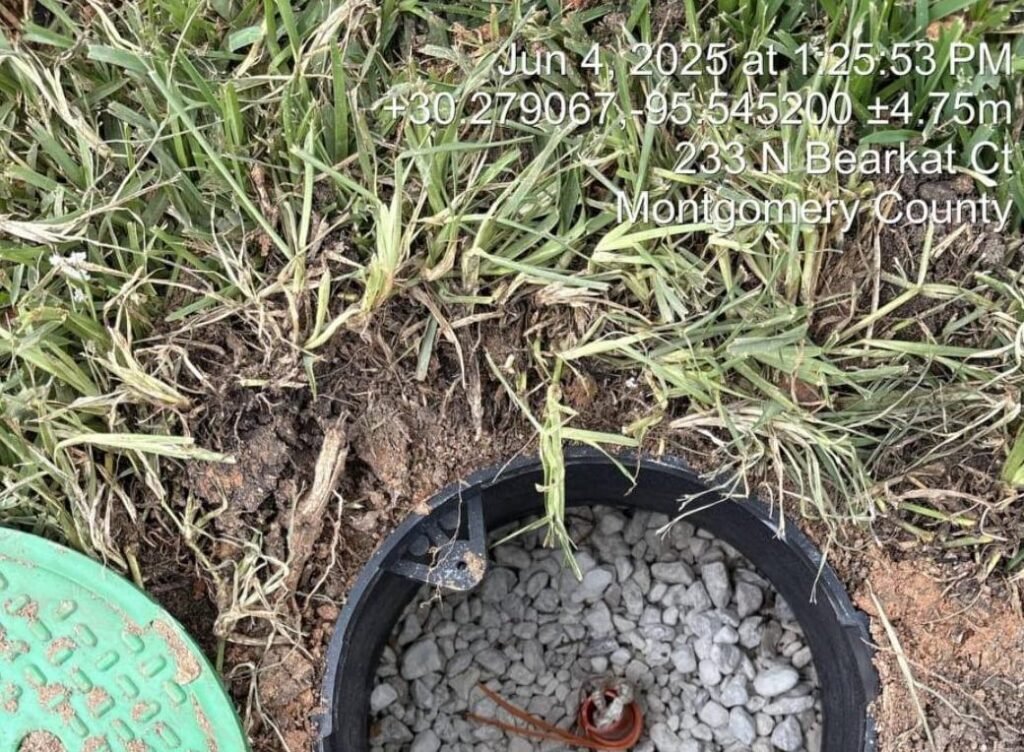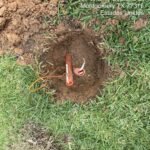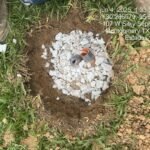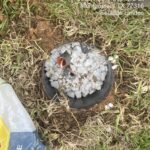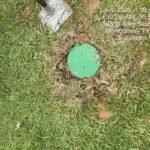A TimeStamp is a digital record of the date and time when an event occurred, usually represented in a human-readable format. It can also contain additional information, as you will see below.
So why is a TimeStamp App important when drilling and installing conduits, and how do we use it?
We can provide clients we work for with images of the drilling process and box installations by adding a TimeStamp App to our phone cameras. Each client has its specific requirements for box installation. For instance, Ezee Fiber wants to see at least four photos of each box installation. They require (1) a picture with the hole dug; (2) a picture of the hole with gravel added; (3) a picture with the box sitting in the hole with gravel; and (4) a picture of the box lid in place with proper sod restoration. All of these types of photos are taken utilizing the TimeStamp application. All of these photos, except for the final photo, must show the fiber conduit centered as much as possible and sticking straight up as much as possible. So why are these TimeStamp photos required?
First, it provides the contractor and client we are working for with evidence of the job quality performed, and, of course, they can see the completed work.
Secondly, with the TimeStamp App, we also provide the exact location of the box junction, as the TimeStamp App registers the physical address as well as the Lat/Long GPS coordinates of the point photographed. These photos provide both the contractor and the client with evidence that a particular portion of the assigned map has been completed. These photos also assist in reducing the physical on-site need for supervisor review.
In the images above, you can see Directional Drilling of Texas LLC (DDoT) is contracted by Stallion Communications out of Jacksonville, Texas, to work on behalf of Ezee Fiber to install conduits and boxes on a street named E. Silky Sephora Ct, Montgomery, Texas. We are also able to show the process of installing a junction box of the Flowerpot type. In the first photo, you can see the conduits appearing through the soil; then you see the gravel added; then you see the box and more gravel added; and finally, the completed installation. In the final picture, the top is now in place, level with the surrounding ground.

